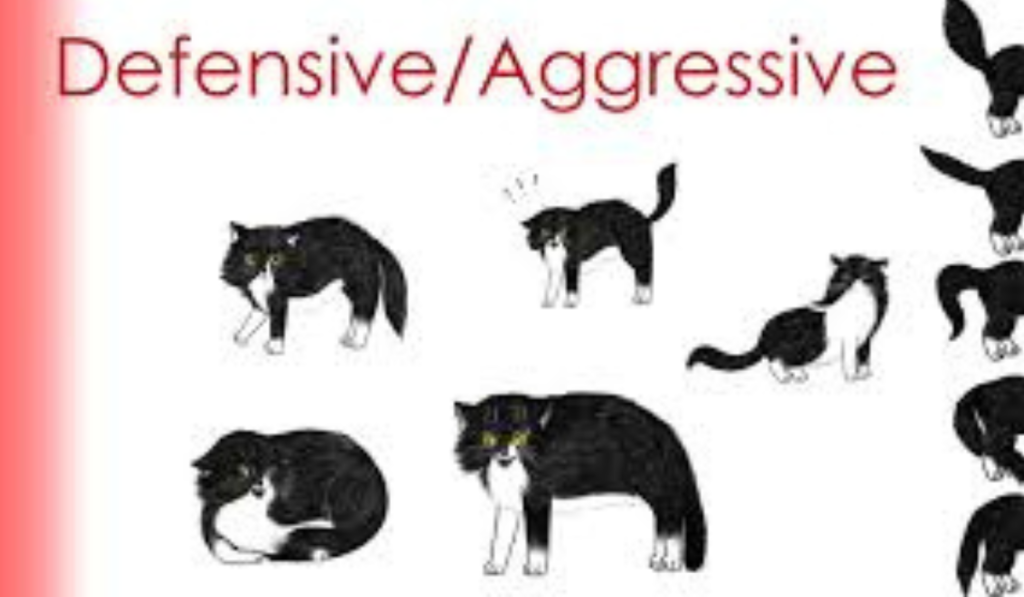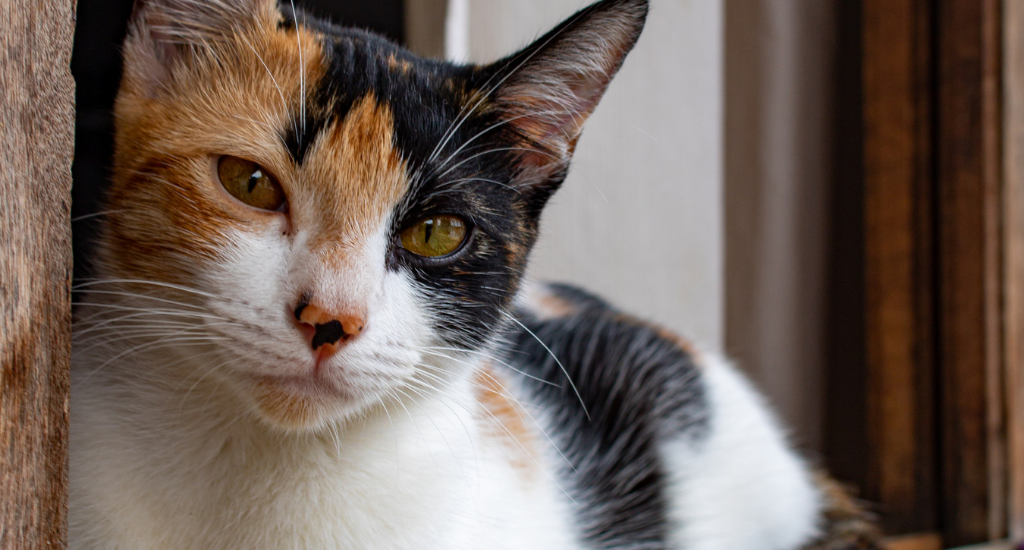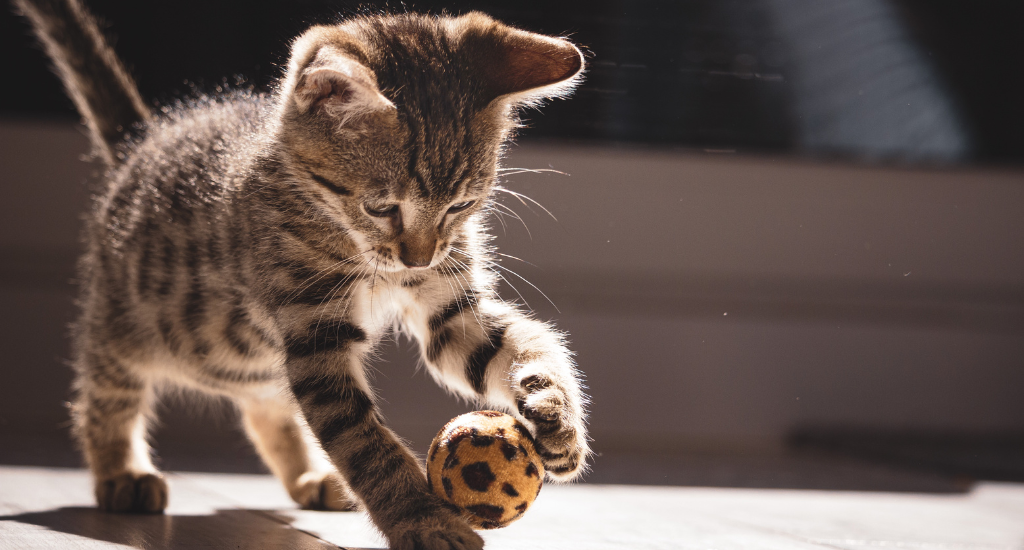How To Tell If a Cat Is Angry or Playing: Comprehensive Guide
Cats have a wide spectrum of emotions, frequently exhibited through subtle signals that demand our close attention. As responsible cat owners, we must be able to tell if our feline companions are angry or playingindulging in fun behavior. In this in-depth post, we will dig into the intriguing world of feline communication and learn how to read their moods. We can learn about a cat’s emotional state by observing its body language, tail behavior, vocalizations, and facial expressions. In addition, we will address typical concerns about cat emotions and offer tips on determining their happiness.
Complete Guide: How To Tell If a Cat Is Angry or Playing
Cat Body Language:
Body language is one of the key ways cats transmit their feelings. Please take note of their posture and gestures. A furious cat may have tense muscles, an arched back, piloerection (raised fur), and a stiff tail. A playful cat, on the other hand, has relaxed body language, such as an elevated tail or light swishing gestures.
Cat Tail Behavior:
The location and movement of a cat’s tail reveal important information about its emotional condition. A cat wagging its tail from side to side usually signifies fury or anxiety. A cat with a softly wagging or slightly lifted tail, on the other hand, is frequently exhibiting playfulness.

Cat Vocalizations:
Cats communicate their emotions through a variety of vocalizations. Angry cats may make low growls, hissing, or yowls, but playful cats may make a chirping, trilling, or high-pitched meow. To differentiate between anger and playfulness, pay attention to the tone, loudness, and intensity of their vocalizations.

Cat Facial Expressions:
The expression on a cat’s face might provide important information about its emotional state. A furious cat may have dilated pupils, flattened ears, and a wrinkled brow. A playful cat, on the other hand, has relaxed facial features, bright eyes, and lightly twitching ears.
Cat Play Behavior:
Understanding cat play behavior is critical for differentiating it from aggressive behavior. Cats who are playful will chase toys, pouncing, and batting at items with retracted claws. They may also demonstrate the typical play “wiggle” before jumping or biting playfully without causing harm.
Cat aggressive behavior:
While playfulness and aggression can sometimes overlap, certain behaviors signal aggression rather than play. Aggressive cats may exhibit hostile body postures such as crouching, flattened ears, and bared teeth. They may also bite, scratch, or swat with their long claws. In addition to distinguishing between angry and fun behavior, it is critical to recognize symptoms of a cat being disturbed or furious towards its owners. Look for changes in their regular behavior, such as avoidance or excessive vocalizations. It’s also important to note that cats can become irritated or overstimulated when they’re petted in certain regions. Examine a cat’s calm body language, purring, kneading, and pleasant facial expressions to see if it’s happy. Furthermore, differentiating between play and fighting with your cat necessitates close monitoring of their objectives as well as the presence of aggressive behavior. Leaving your cat may cause temporary distress, but it is critical to create a safe and stimulating environment to alleviate any distress.

Conclusion :
Understanding the subtleties of cat behavior is essential for maintaining a peaceful relationship with your feline companion. You’ll be able to communicate with cats better if you understand their body language, tail behavior, vocalizations, facial expressions, and way of life. Better able to determine whether your cat is upset or playful. Keep in mind that cat body language, tail behavior, vocalizations, facial expressions, and play behavior are all important signs to examine. Furthermore, it is critical to address issues concerning your cat’s emotions. Look for changes in behavior, such as retreat or extensive hiding, if you feel your cat is dissatisfied with you. Take the time to learn about your cat’s preferences and create a comfortable environment that matches their requirements.
When petting cats, they can become irritated, especially in sensitive places. To sustain a positive interaction, pay attention to their body language and behaviors, and respect their boundaries. Look for signals of happiness in your cat, such as relaxed body posture, purring, kneading, and pleasant facial expressions. A happy cat will have a general sense of well-being and satisfaction. It can be difficult to distinguish between play and combat. Look for aggressive behaviors, including extended claws, strong vocalizations, and defensive body positions. If the behavior becomes hostile or intensifies, it is critical to intervene and give appropriate outlets for play.
Leaving your cat alone may create brief annoyance, but it does not necessarily imply that they are upset with you. To decrease boredom and anxiety while you are not around, provide your cat with a stimulating environment that includes toys, scratching posts, and other enrichments. You may build a strong link with your cat and better address their emotional needs by paying close attention to their behavior and applying the knowledge obtained through studying their body language, vocalizations, and play behavior.
Remember that each cat is unique; therefore, it’s critical to notice and comprehend your cat’s distinct personality and preferences. Regular veterinarian examinations can also help rule out any underlying health problems that may be influencing their behavior. Finally, becoming skilled at interpreting your cat’s feelings is critical for a successful connection.
You may successfully distinguish between anger and fun by closely monitoring cat body language, tail behavior, vocalizations, facial expressions, and play behavior. Furthermore, treating your cat’s emotional issues and understanding their preferences will contribute to their overall well-being and happiness as your loving friend.
FAQS:
How can I tell if my cat is angry or just playing?
Answer: Observing your cat’s body language is key. Signs of anger include a tense body posture, arched back, raised fur, and aggressive vocalizations. Playful behavior is characterized by relaxed body language, an upright tail, and gentle swishing motions.
Why is my cat suddenly mad at me?
Answer: Sudden changes in a cat’s behavior can be due to various factors, such as stress, illness, or environmental changes. It’s important to evaluate any recent changes that may have triggered your cat’s perceived anger and to provide a calm and comforting environment for them.
Do cats get annoyed when you pet them?
Answer: Cats have individual preferences when it comes to petting. Some cats may become annoyed if they are petted too roughly or in sensitive areas. It’s crucial to respect your cat’s boundaries and observe their reactions. If they show signs of discomfort, it’s best to adjust your petting technique or stop petting altogether.
How can I tell if my cat is happy?
Happy cats exhibit various signs, including relaxed body language, purring, kneading with their paws, and content facial expressions. They may also engage in playful behavior, seek affection, and have a healthy appetite. Remember, each cat has unique ways of expressing happiness, so it’s important to understand your cat’s individual behavior.
How can I differentiate between play and fighting with my cat?
Answer: Distinguishing between play and fighting can be challenging. Playful behavior often involves chasing, pouncing, and gentle bites without causing harm. However, if the behavior escalates into aggressive actions such as extended claws, intense vocalizations, or defensive postures, it may indicate fighting. It’s important to intervene if the behavior becomes aggressive and provide appropriate outlets for play.
